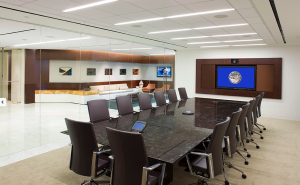
Placing security cameras effectively efficiently is essential for improving surveillance across various environments, including residences, businesses, as well as public areas. The main goal of surveillance cameras remains to deter criminal activity and offering proof during case of events. To achieve this, it becomes essential to take into account several elements, including surveillance camera placement, range of view, as well as the specific zones that require oversight. By understanding these factors, individuals as well as organizations can develop a comprehensive surveillance plan that maximizes the efficacy of their security solutions.
One of the first actions in positioning surveillance cameras involves to identify key locations that need monitoring. High-risk zones, including entrances, exits, vehicle lots, as well as areas with high-value assets, must be prioritized. It also important to take into account blind spots, which may be areas that may not be seen from certain perspectives. By charting out these critical areas, security staff can ensure that all nook is observed, reducing the chances of illegal activity going undetected. Additionally, installing cameras at key points can help form a comprehensive perspective of the premises, allowing for improved overall surveillance coverage.
The field of a surveillance camera is another crucial factor to take into account. Various types of surveillance systems provide varying ranges of view, which can influence how much area gets captured in the footage. For example, wide-angle cameras can monitor bigger spaces, rendering them perfect for open locations, whereas PTZ cameras can be modified to focus on specific features. When placing cameras, it is essential to choose the right kind based on the location being monitored. This ensures that the system can capture clear footage and offer valuable data in case of an occurrence.
Elevation and tilt of mounting also cctv camera installation for spas play a significant role in the effectiveness of security systems. Surveillance systems must be mounted at a height that is out of grasp of possible interference but still enables for clear viewing of identifying features and additional identifying features. A common recommendation is to mount systems at least eight to ten ft off the floor. Additionally, the tilt at which the system remains positioned can impact its ability to record crucial information. Cameras should be tilted to reduce glare and avoid obstructions, guaranteeing that they can capture clear video at all times.
Finally, routine upkeep and updates to the security system is essential for long-term efficacy. This entails checking camera performance, wiping optics, and ensuring that software remains current. Regular assessments of the monitoring plan can help identify any additional blind spots or areas that might need extra monitoring. By remaining proactive and implementing required adjustments, individuals as well as entities can improve their surveillance effectiveness and ensure that their security systems remain to serve their intended function.